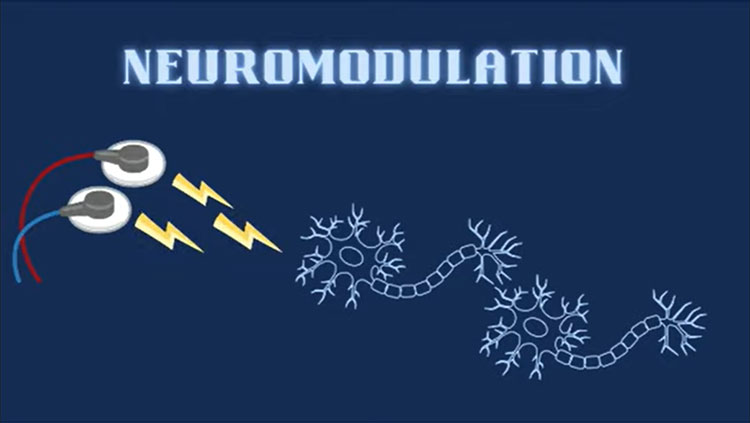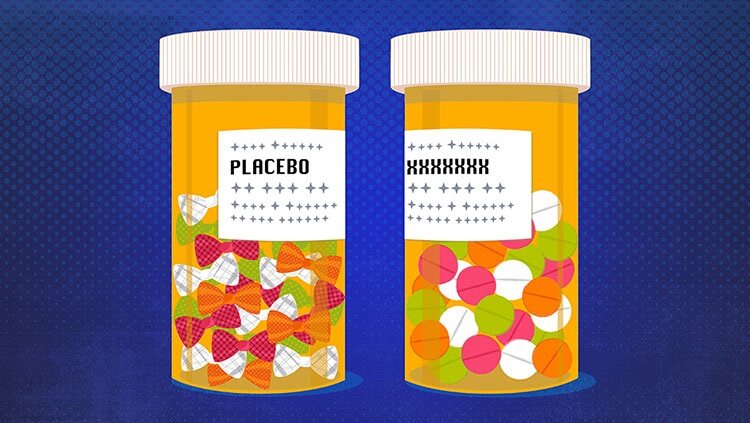Smart and Smarter Drugs
- Published9 Oct 2014
- Reviewed9 Oct 2014
- Source Wellcome Trust
Are we asking the right questions about smart drugs? Marek Kohn looks at what they can do for us – and what they can’t. This article is excerpted from a piece that was originally published by Mosaic and the Wellcome Trust.
“You know how they say that we can only access 20 per cent of our brain?” says the man who offers stressed-out, blank-screened ‘writer’ Eddie Morra a fateful pill in the 2011 film Limitless. “Well, what this does, it lets you access all of it.” Morra, played by Bradley Cooper, is instantly transformed into a superhuman by the fictitious drug NZT-48. Granted access to all cognitive areas, he learns to play the piano in three days, finishes writing his book in four, and swiftly makes himself a millionaire.
Limitless is what you get when you flatter yourself that your head houses the most complex known object in the universe, and run away with the notion that it must have powers to match. More down to earth is the idea that we always have untapped cognitive potential, but that life gets between us and the best we could possibly manage.
Most people’s best days still leave them wondering what might have been. Life is interference, acute and chronic: the broken night’s sleep, the replayed arguments with our nearest and dearest, the suspected slight from a colleague, the mortgage, middle age, the buzzing fly. This is what preoccupation means. Noise, alarms and gnawing unease all occupy the cortex and commandeer its resources, leaving the brain short of space for other demands.
Even small differences in cognitive performance can make a world of difference – between a good CV and an outstanding one, between a second-class degree and a first, and between a winner and an also-ran. According to widespread reports, some students recognise this by using drugs to enhance their performance, particularly ahead of exams or coursework deadlines. How many of them are doing so is unknown: it may be fewer than you would think from reading both mainstream media coverage and scientific journals, but it’s undoubtedly going on.
It’s also been suggested that some students are taking cognitive enhancement drugs on into their professional lives after they graduate – in a report in New Yorkmagazine, for example, which dubbed the wake-promoting agent modafinil ‘the realLimitless drug’.
The drugs concerned are the ‘classic’ psychostimulants: amphetamines (often prescribed under the name Adderall) and methylphenidate (also known by its brand name Ritalin) – both extensively prescribed to children and young adults for the burgeoning diagnosis of attention deficit hyperactivity disorder (ADHD) – as well as modafinil, which is indicated for sleep disorders, including those produced by shift work.
None of these drugs are new. The performance-enhancing effects of amphetamine were reported as far back as the 1930s, among adolescent boys taking the Stanford achievement test. Even the youngest of these drugs, modafinil, was first synthesised in the 1970s, when the term ‘nootropics’ was coined to define a class of drugs that improves the mind. And yet cognitive enhancement drugs are usually depicted as a distinctly contemporary phenomenon, with the implication that more of them are down the road, offering new capacities and increasing ethical challenges.
When scientists talk about cognitive enhancers today, they are often discussing drugs that mitigate the effects of the dementias and other cognitive disorders, whether they are new candidates or ones already in use such as donepezil and galantamine. Their aim is to recover function or reduce impairment, not improve on healthy levels – although, as populations age, dementias and other cognition disorders will climb healthcare priority lists, and the drugs developed to treat them may also turn out to aid cognition among healthy people, young and old.
By contrast, when futurists and ethicists talk about ‘smart drugs’ or cognitive enhancement, they tend to mean reaching levels of performance that were previously unattainable even under ideal conditions or acquiring new kinds of mental capability altogether.
One scientist who is eager to peer at the horizon is Gary Lynch, a professor in the School of Medicine at the University of California, Irvine. What excites him is what he sees as “the ultimate description of enhancement”, the production of new capacities. “I’m interested in [the] capability to do things you can’t do now, thoughts that you can’t think, ideas that you can’t form.” He suggests extreme memory enhancement as an example of something you can’t do now: the concerted boosting of attention, learning and memory could enable you to repeat a conversation verbatim or do mental maths at a far higher level than normal.
Thoughts that can’t be thought and ideas that can’t be formed are, by nature, difficult – if not impossible – to imagine. “It’s at the fringe; it’s beyond current cognitive science,” Lynch admits. For the time being, we remain in the Amphetamine Age of cognitive pharmacology.
Cognition is a suite of mental phenomena that includes memory, attention and executive functions. Executive functions are not clearly defined, but you know them when you see them. They occupy the higher levels of thought: reasoning, planning, directing attention to information that is relevant (and away from stimuli that aren’t), and thinking about what to do rather than acting on impulse or instinct. You activate executive functions when you tell yourself to count to ten instead of saying something you may regret. They are what we use to make our actions moral and what we think of when we think about what makes us human. Any candidate cognition drug would have to enhance executive functions to be considered truly ‘smart’.
These are quite abstract concepts, though. There is a large gap, a grey area in between these concepts and our knowledge of how the brain functions physiologically – and it’s in this grey area that cognitive enhancer development has to operate. Amy Arnsten, Professor of Neurobiology at Yale Medical School, is investigating how the cells in the brain work together to produce our higher cognition and executive function, which she describes as “being able to think about things that aren’t currently stimulating your senses, the fundamentals of abstraction. This involves mental representations of our goals for the future, even if it’s the future in just a few seconds.”
At the front of the brain is the prefrontal cortex. This is the zone that produces such representations, and it is the focus of Arnsten’s work. “The way the prefrontal cortex creates these representations is by having pyramidal cells – they’re actually shaped like little pyramids – exciting each other. They keep each other firing, even when there’s no information coming in from the environment to stimulate the circuits,” she explains.
Several chemical influences can completely disconnect those circuits so they’re no longer able to excite each other. “That’s what happens when we’re tired, when we’re stressed.” Drugs like caffeine and nicotine enhance the neurotransmitter acetylcholine, which helps restore function to the circuits. Hence people drink tea and coffee, or smoke cigarettes, “to try and put [the] prefrontal cortex into a more optimal state”.
In a broad sense, it’s enhancement; in a stricter one, it’s optimisation. “I think people think about smart drugs the way they think about steroids in athletics,” Arnsten says, “but it’s not a proper analogy, because with steroids you’re creating more muscle. With smart drugs, all you’re doing is taking the brain that you have and putting it in its optimal chemical state. You’re not taking Homer Simpson and making him into Einstein.”
What’s more, the brain is complicated. In trying to upgrade it, you risk upsetting its intricate balance. “It’s not just about more, it’s about having to be exquisitely and exactly right. And that’s very hard to do.”
Scientists are frequently reminded of the difference between ‘more’ and ‘right’ when they administer cognitive enhancers. Methylphenidate improves working memory in rats performing tasks that involve the prefrontal cortex, but only in a narrow range of doses. The graphs rise, level off and drop, tracing a path from ‘not enough’ to ‘too much’ in the shape of an inverted ‘U’. Outside the lab, this point can be illustrated by comparing the effects of the first coffee of the day with those of the second or third.
A drug’s scope for enhancement may also be compromised by differences in optimal doses among the various circuits it affects. “What’s good for one system may be bad for another system,” says Trevor Robbins, Professor of Cognitive Neuroscience at the University of Cambridge. And it may be bad for the system as a whole.
“It’s clear from the experimental literature that you can affect memory with pharmacological agents, but the problem is keeping them safe,” Robbins observes, “because this inverted-U-shape issue does give you the problem of possible epilepsy, convulsions and so forth.”
To read the rest of “Smart and Smarter Drugs,” Please visit Mosaic for the full story.
CONTENT PROVIDED BY

Wellcome Trust
Also In Therapies
Trending
Popular articles on BrainFacts.org

















